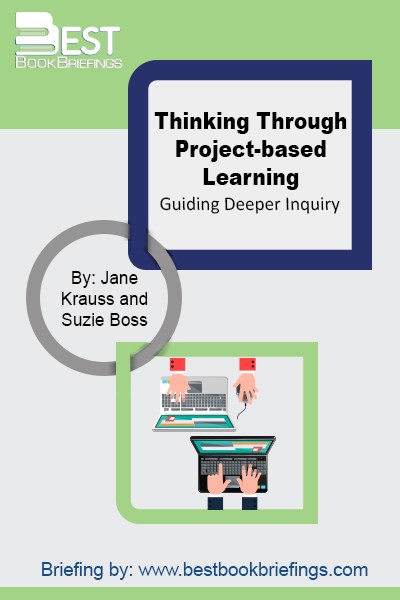Bringing Innovation to School
Empowering Students to Thrive in a Changing World
Editorial Review
The first step in teaching students to innovate is making sure that educators have opportunities to be innovators themselves. Although some teachers attempt this hard work alone, the culture of a school or district can set the stage for innovation to flourish or flounder. The right conditions include a shared vision and common language for talking about innovation. With those pieces in place, educators have more room to design, improve on, and share learning experiences that will stretch their students’ thinking skills. Whether innovators are drumming up new business ideas or hard at work solving community problems, they share certain characteristics. They tend to be action-oriented. They know how to network. They’re willing to take calculated risks. They look ahead, anticipating benefits that others might not have imagined yet. They work to overcome obstacles. Especially in the social sector, they’re generous about sharing what they know and eager to help good ideas grow. When educators exhibit these qualities, they show students how innovators think and act. They become innovation role models. Let’s take a closer look at these qualities. If you’re a teacher looking for opportunities to bring innovation into the classroom, start by considering your own strengths and weaknesses as an innovator. If you’re a school leader, consider how you encourageor discourageinnovation among your staff. As you learn more about innovators from diverse fields, be on the lookout for strategies that will increase your ability to think creatively and inspire more innovation among your colleagues. That’s going to set the stage for your students to become more confident, capable innovators.
Book Reviews
Books on Related Topics
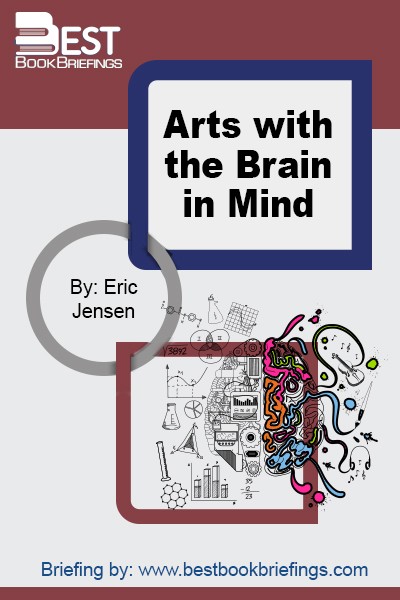
How do the arts stack up as a major discipline? What is their effect on the brain, learning, and human development? How might schools best implement and assess an arts program?? Eric Jensen answers these questions C and more C in this book. To push for higher standards of learning, many
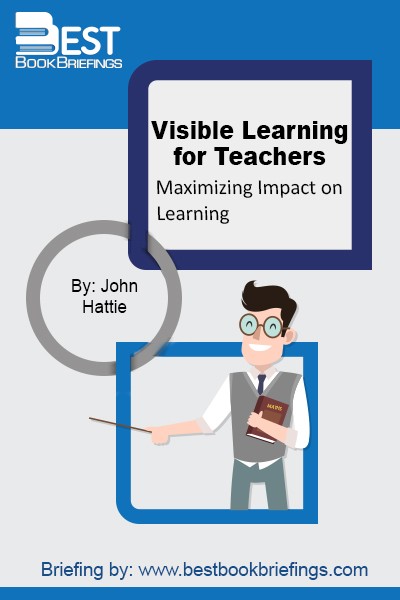
Visible Learning for Teachers takes the next step and brings those groundbreaking concepts to a completely new audience. Written for students, pre-service and in-service teachers, it explains how to apply the principles of Visible Learning to any classroom anywhere in the world. The author offers concise and user-friendly summaries of the
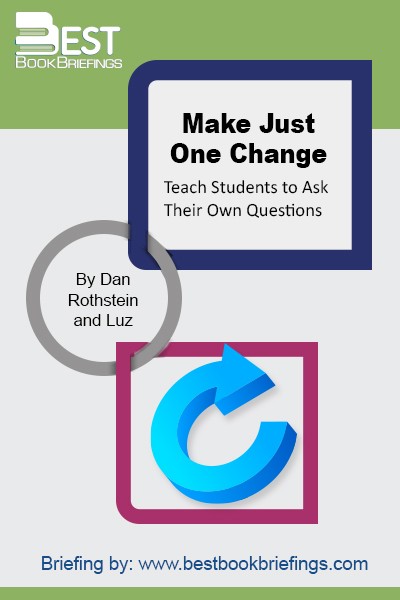
Make Just One Change features the voices and experiences of teachers in classrooms across the country to illustrate the use of the Question Formulation Technique across grade levels and subject areas and with different kinds of learners.
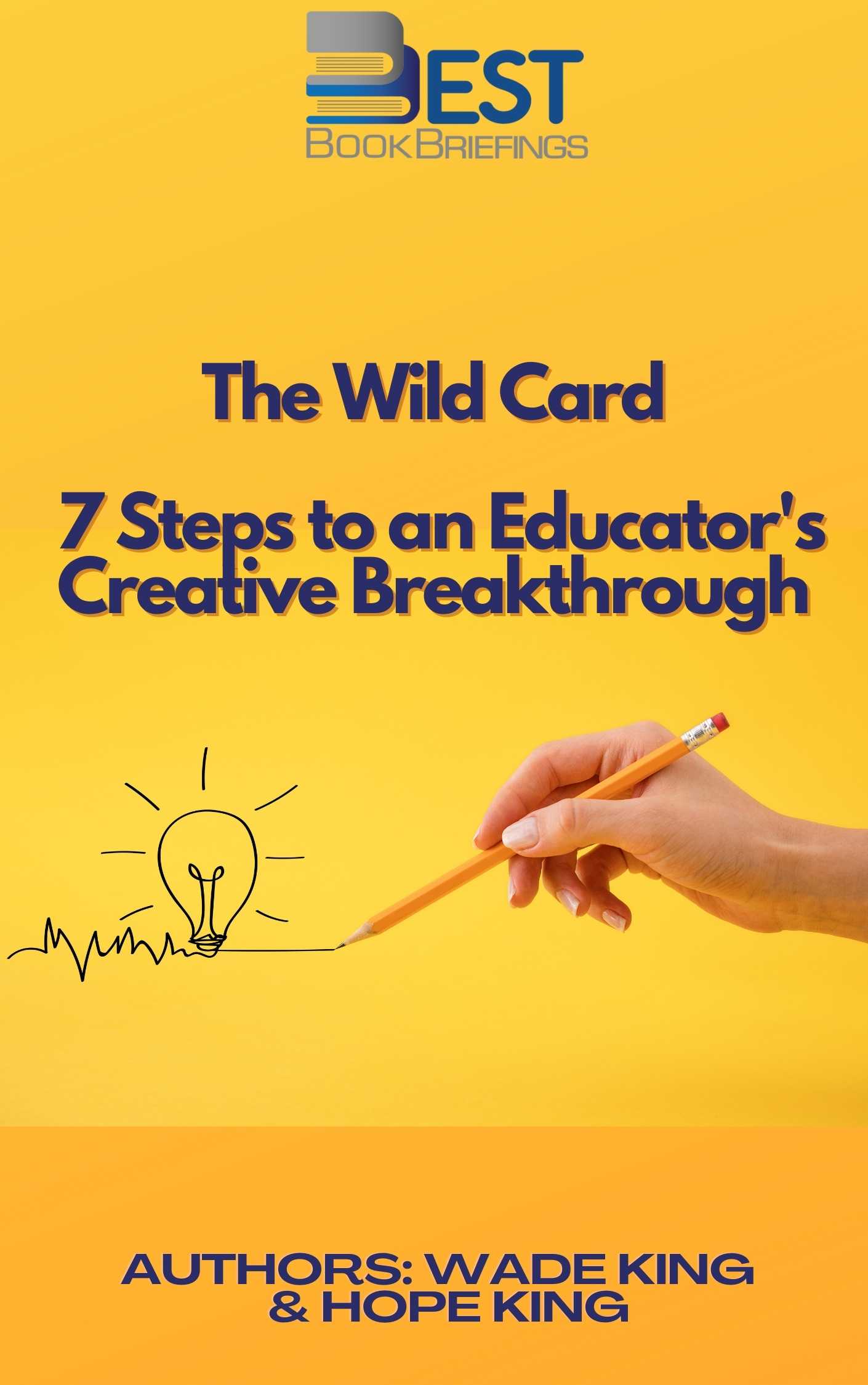
The Wild Card is your step-by-step guide to experiencing a creative breakthrough in your classroom with your students. Wade and Hope King show you how to draw on your authentic self—your past experiences, personality quirks, interests, hobbies, and strengths—to deliver your content creatively. Whether you are a high school teacher or
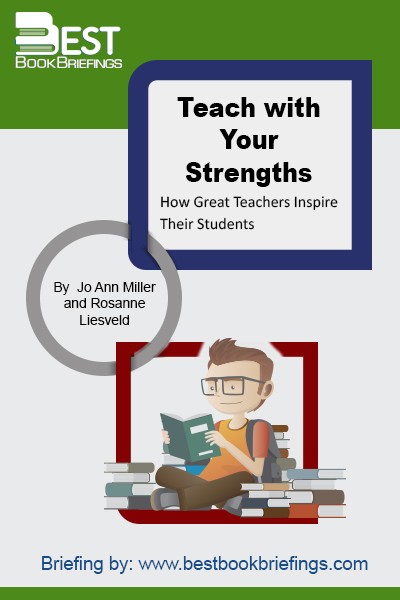
In Teach with Your Strengths, you'll hear from great teachers, many of whom reveal their unorthodox—and sure to be controversial—approaches. You'll gain key insights gleaned from 40 years of research into great teaching. And, you'll take an online assessment that reveals your Signature Themes of talent.
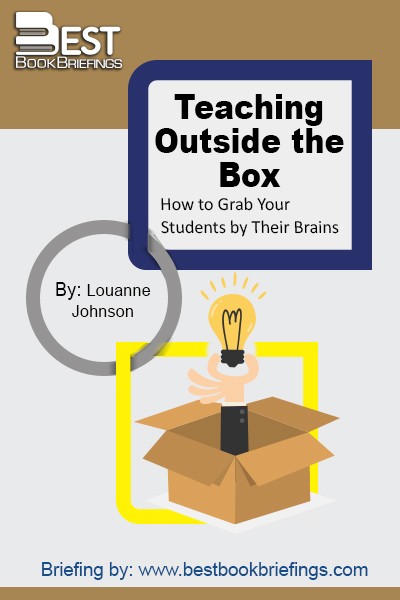
From seating plans to Shakespeare, Teaching Outside the Box offers practical strategies that will help both new teachers and seasoned veterans create dynamic classroom environments where students enjoy learning and teachers enjoy teaching. This indispensable book is filled with no-nonsense advice, checklists, and handouts as well as a step-by-step plan to
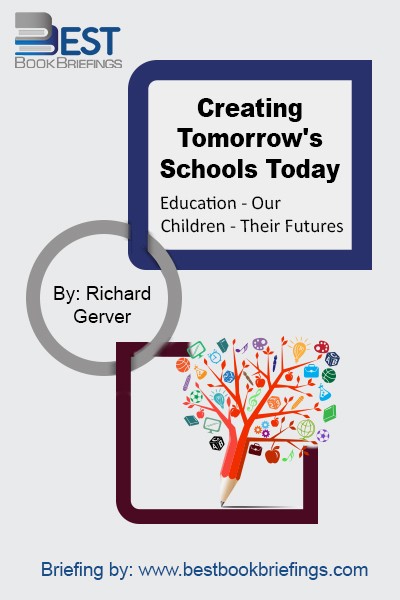
There is a wide recognition around the world that the traditional models of schooling are no longer fit for purpose. Teaching is an extraordinary profession, a vocation and, above all, a great privilege. However, teachers cannot educate children by themselves. It is not teachers or parents who are the shapers of
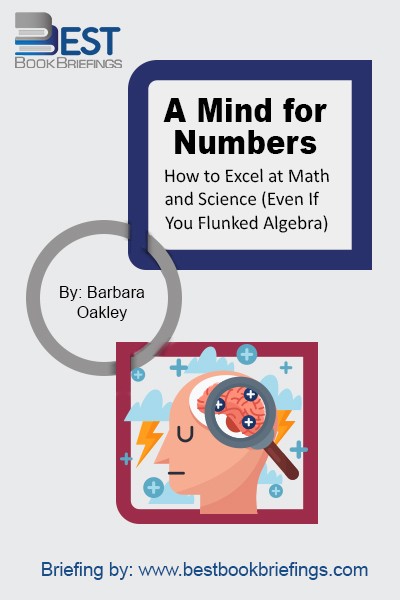
In this book, you may be surprised to learn that the brain is designed to do extraordinary mental calculations. We do it every time we catch a ball, or maneuver our car around a pothole in the road. We often do complex calculations, solve complex equations unconsciously, unaware that we sometimes
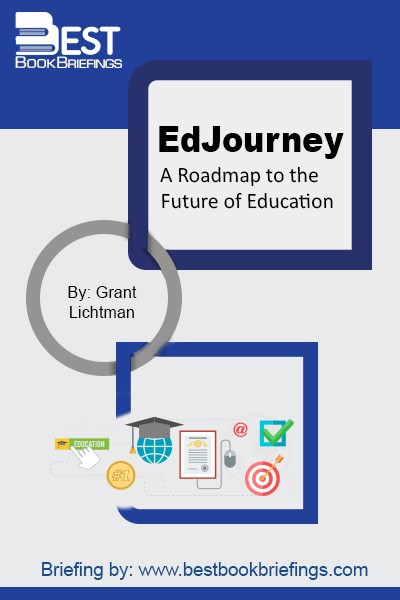
Today, most thoughtful educators agree that the industrial age model of content-driven education no longer serves our students. The goal of education has changed from the transfer of knowledge to the inculcation of wisdom, born of experience, which will help students to succeed in an increasingly ambiguous future. Schools must either
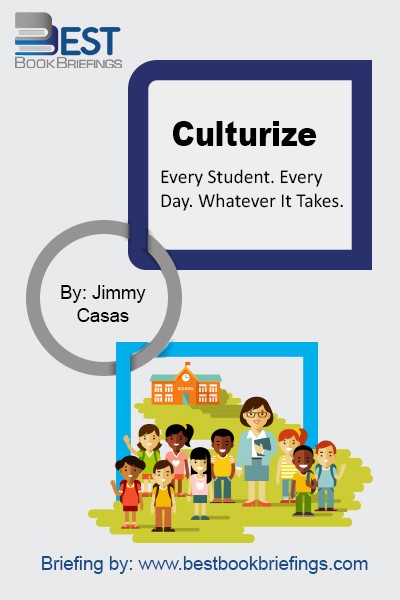
Eradicate Average! CULTURIZE Your School. Average schools don't inspire greatness--and greatness is what our world needs if we are going to produce world-changing learners. In Culturize, author and education leader Jimmy Casas shares insights into what it takes to cultivate a community of learners who embody the innately human traits our
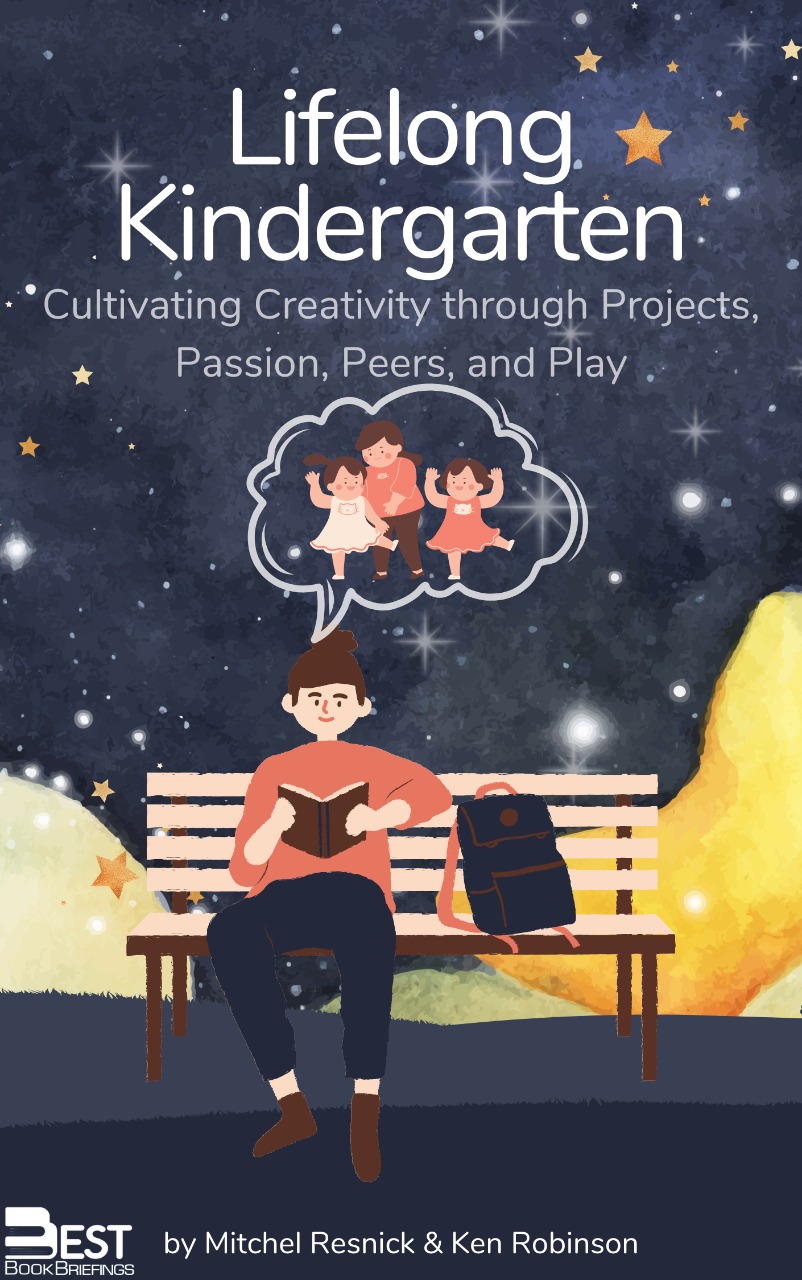
In kindergartens these days, children spend more time with math worksheets and phonics flashcards than building blocks and finger paint. Kindergarten is becoming more like the rest of school. In this book, we argue for exactly the opposite: the rest of school (even the rest of life) should be more like


